Contractors benefit from fitting low-flow toilets and urinals
Go with the flow.
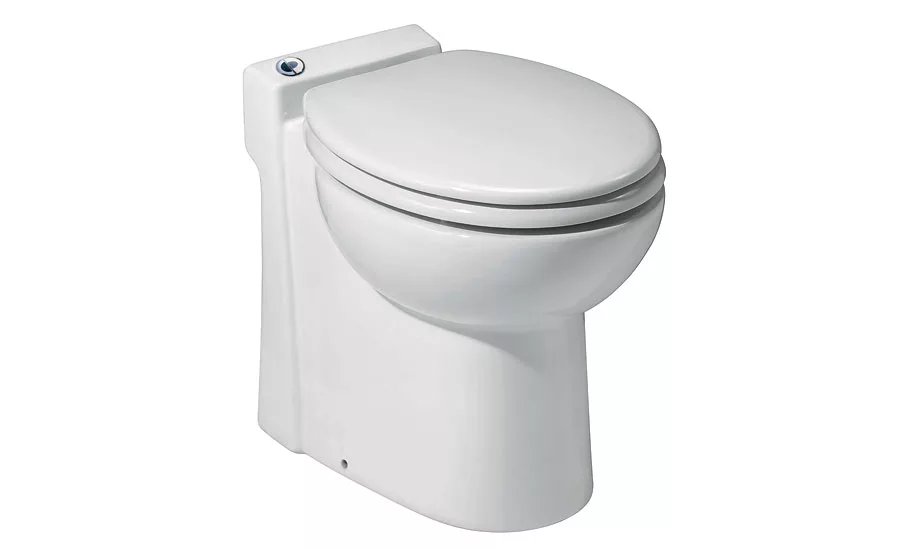
The SANICOMPACT toilet from Saniflo uses 38 percent less water per flush than a conventional toilet while its compact, one-piece design saves valuable bathroom space. Photo credit: Saniflo
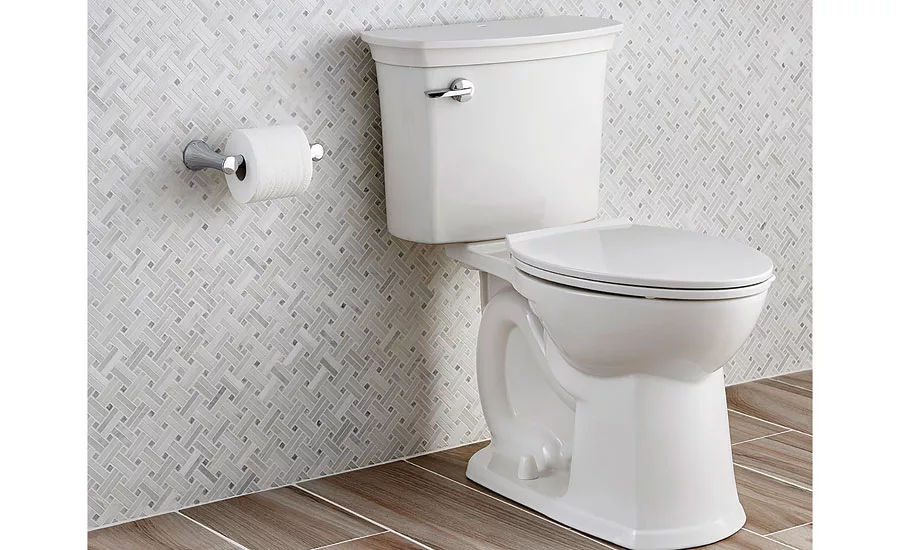
Classic design lines are highlighted in the high-efficiency ActiClean self-cleaning toilet from American Standard, with all cleaning components discreetly hidden in the tank top for easy access. Photo credit: American Standard
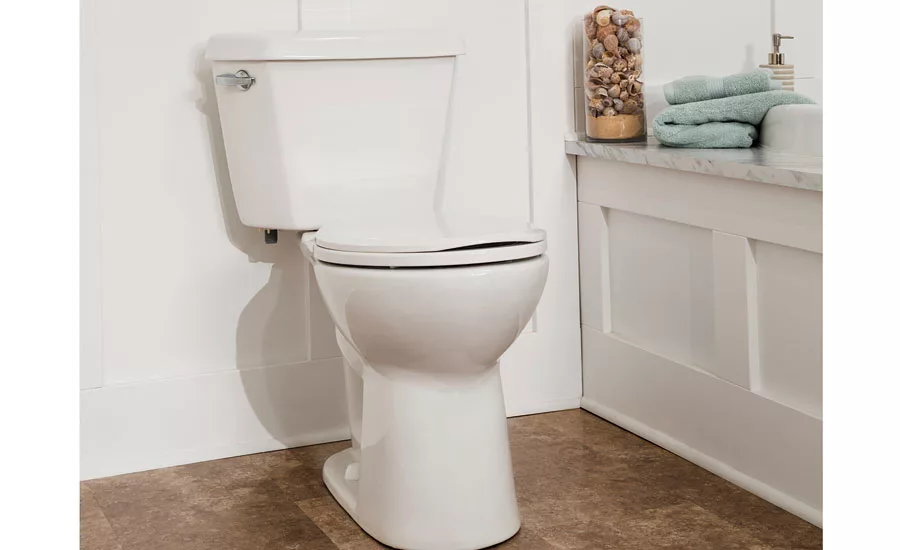
The DENALI Power Flush toilet from Mansfield Plumbing features a flushing performance that's more than 20 percent greater than the highest MaP rating, moving 1,200 grams of waste with 1.6 gpf. Photo credit: Mansfield
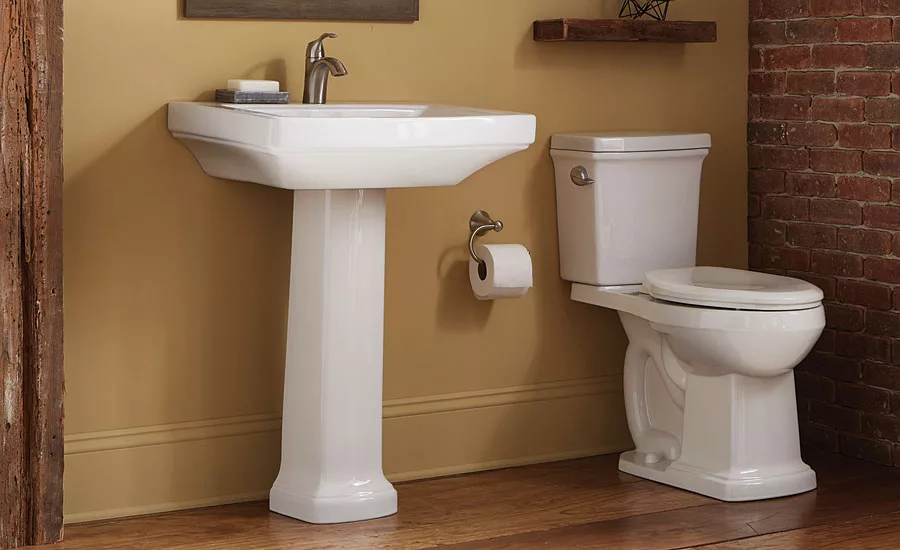
Products that flush with less water usage are increasing their prevalence in the market, and some companies are pushing low-flow boundaries like never before. Photo credit: Gerber
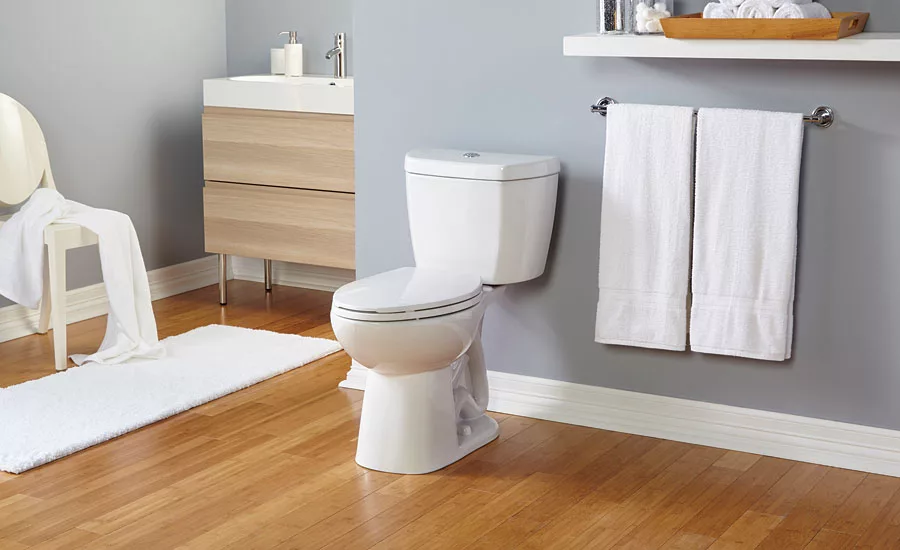
The Original Stealth Toilet from Niagara flushes using 0.8 gpf. This efficiency is possible due to Stealth Technology, which involves combination of air and water working in unison that delivers a reliable, quiet flush. Photo credit: Niagara
The parts of the country that are most afflicted by drought — notably California, Georgia, and Texas — tend to be the leaders of the pack in terms of the trend toward water-saving products, particularly because these states also offer generous rebates throughout the year. Water-saving toilets are also accepted across the country based on their performance, but what are the benefits to contractors installing these high-efficiency toilets?
Efficiency vs. performance
“I believe high-efficiency toilets are a necessity in today’s world,” said John Carlson, owner of Tinkermen’s Construction D/B/A Yardley Kitchen Bath. “The advancements I have seen over the years are incredible. At one time, when the new water standards came in, you had clients buying toilets from Canada because the new toilets were awful at cleaning the bowl and kept clogging. Today’s high-efficiency toilets are incredible for the small amount of water they use. I have not had a complaint in years. These newer toilets do an incredible job at removing solids, and with the new ‘bowl cleansing’ varieties, it has becomes a no-brainer decision.”
As the technology continues to evolve, high-efficiency toilets are likely to grow in popularity. However, contractors and homeowners alike have expressed concern over the efficiency of the flush at removing waste.
“The sanitary ware industry has seen a distinct escalation in the growing consumer demand for cleaner toilets this year,” said Gary Pember, vice president of marketing at Mansfield Plumbing. “People are tired of the almost daily chore of cleaning toilet bowls and rims. ... They’re looking for easy-care solutions combined with high performance toilets.”
Older toilets relied on a basic “wash-down” flush that cleared the bowl of waste simply because of the high volume of water that was used. Today’s water-saving toilets incorporate cutting-edge engineering technology that delivers high-power flushing performance using less water.
“Contractors should use the Maximum Performance [MaP] test scores as a guide to effective solid waste removal, with scores ranging from Highly Recommended [600-1,000 grams] to Acceptable [250-350 grams],” said James Walsh, vice president of chinaware and commercial products at LIXIL Americas, the business unit under which American Standard operates. “American Standard high-efficiency toilets use 1.28 gallons of water to achieve the Highly Recommended level by successfully flushing 1,000 grams [2.2 pounds] of solid waste.”
A desire to be green
According to Pember, the desire for reliable, high-performing sanitary ware is a recurring trend that ties in with the desire for low water usage of toilets. This push toward cleaner toilets is being addressed by unique changes in toilet products by many manufacturers.
“Saving water is critical to our planet, our country, and our way of life,” said Regis Saragosti, CEO of SFA Saniflo. “Our Sanicompact and Sanistar have been designed with two main things in mind: the opportunity for professional plumbers and their customers to install a toilet wherever it is needed, even where no below-floor drainage is available; and to help the planet by using 1 gpf.”
“As more and more areas of the country enact water restrictions, it’s important for contractors to be knowledgeable about the latest water-conserving technologies to select and properly install products that will deliver impressive water savings without sacrificing performance,” Walsh said. “Contractors can continue to offer high-style fixtures for both residential and commercial settings while providing clients with high-efficiency models that will reduce water usage and costs ― and flush powerfully with effective waste-removal capabilities.”
For toilets that carry the WaterSense label there are LEED benefits, and for low-flow overall, contractors can highlight the water and cost savings to their residential and commercial clients alike. Contractors who understand the benefits and options in this area can be great resources for their clients.
“Many homeowners and business owners are looking for ways to be more environmentally conscience and by installing low-flow toilets; they can achieve this with minimal effort,” said Charles Scott, senior product manager for commercial fixtures at Kohler Co.
“We said last year that water-efficient toilets are here to stay, and we stand behind that statement,” Pember said. “Homeowners want one-flush confidence while knowing they’re minimizing water usage. From the development of easier-to-clean glazes on the toilet to advanced developments in waste removal to built-in washing treatments, manufacturers are working hard to answer the demand from consumers for cleaner toilets.”
“Developing a low-flush-volume toilet that will still be able to remove solids properly is always challenging,” Saragosti said. “At Saniflo, it took more than two years to develop our new WaterSense toilet, but our objective is to reassure our customers that they are purchasing and installing a product that will get the job done.”
Pember pointed out that WaterSense toilets, which use 1.28 gpf or less, remain top sellers in the industry.
“Contractors will benefit from installing low-flow toilets in two ways,” Saragosti said. “First, their customers will be able to save installation costs on their renovation projects, as well as in the amount — and, therefore, the cost — of the water used to flush the toilet. Second, these professionals will also help us to protect our planet and resources.”
“In the drought-ridden areas of our country, every drop of water counts,” Pember said. “Many builders, remodelers, plumbers, and homeowners are reviewing their options for toilets using less water. This can include dual-flush toilets that use a lower quantity of water to remove liquid waste compared to using slightly more water to remove solid waste.”
Contractors can provide more value to their customers by offering real dollar savings that pay back the cost of the installation in less time.
“For example, by installing a 1.28 gpf WaterSense-approved toilet that replaces a 3.5 gpf toilet, a user can save up to 16,000 gallons of water annually, resulting in utility savings of approximately $140,” noted Lovin Saini, senior product manager at Gerber Plumbing Fixtures. “These savings can quickly help the customer understand that the value the contractor is providing can be recovered and is a good investment brought to them by their contractor.”
“Contractors installing low-flow toilets and urinals with powerful flushing systems are helping to save water resources while providing homeowners with products that will help reduce their water bills,” said Kathy Ziprik, PR representative for Mansfield Plumbing.
Waste-removal concerns
Drain-line carry is also a concern when it comes to HETs.
“Toilets are a lot like roller coasters in that you are moving energy from one location to another with only one source — in this case, the drop of the water from the tank into the bowl,” said Lovin Saini, senior product manager for Gerber. “Therefore, good flushing toilets truly require a detailed understanding of physics of liquids and solids. The entire toilet must be designed to optimize friction pathways to generate and maintain speed, but also pick up and carry waste along the path. Every feature is linked to an upstream and downstream feature that requires balance; each increase in a feature results in a change or construction of another linked pathway feature. Key features that a contractor must look for are 2-inch trapways, glazed trapways, taller tanks, and 3-inch flush valves.”
The goal is to make recommendations on plumbing system design to address the growing concern.
“Drain-line carry is especially important in older buildings where the condition of the drain line interior and the slope can be less than ideal from years of use and building settling,” said Mark Lawinger, product line manager of fixtures at Sloan. “A contractor should be sure to discuss this aspect with the building owner who wants to save water. If it is an existing building, the contractor should insist on a full water jetting or rodding before commissioning the new fixtures. Contractors can also inquire about ways to tie drain lines into other water sources in the building such as washing machines, showers and sinks. This supplemental flow can help alleviate the decrease in flushing water.”
“While a wide variety of today’s toilets are being created to use less water — from 1.0 gpf to 1.6 gpf — many of these toilets do not have the adequate power or drain line carry to efficiently complete the job of waste removal in a single flush,” Ziprik said. “The key to fewer clogs is superior flushing performance, a high MaP rating, and long drain-line carry. The Denali’s 60-foot drain-line carry assures fast and complete removal of waste.”
The contractor needs to know the specs of the toilet and where the toilet is a good solution.
“Service calls are sometimes just troubleshooting preexisting issues and being able to explain possibly the habits of the residents affecting the [HET or] UHET,” said Julie Noel, operations manager at Sustain-Ability Solutions. “As a contractor, we need to train the customers on the difference between how their current 3.5 or 1.6 gallons per flush works compared to how, for example, the Niagara Stealth .8 works. Many home owners need to be trained on what not to flush down the toilets.”
As an incentive, many states offer rebates for replacing conventional urinals and toilets with HETs and high-efficiency urinals (HEUs). In order to qualify for the rebate, the products must be WaterSense-listed on the U. S. Environmental Protection Agency’s (EPA) government website.
“These rebates can be as high as $300 per fixture, which can be passed to the customer to reduce costs and increase business for the contractor,” Lawinger said.
WaterSense certification indicates that a product has met stringent criteria from the EPA for reliably reducing water use while still providing excellent performance. Contractors can recommend and install WaterSense-certified toilets and urinals with confidence that the product will deliver the promised water savings and provide excellent flushing performance.
“WaterSense defines the standard for quality plumbing fixtures for the U.S.,” Saragosti said. “As a consequence, it protects contractors and their customers from buying products that perform below that critical standard and that do not protect the environment, including those products that may be advertised or promoted as ‘green’ but really are not.”
The future of HETs
Leaders at Mansfield Plumbing say there are three words that sum up the focus of the plumbing products industry for 2017: cleanability, performance, and environmentalism.
“The toilet industry is a steady-growth industry for the near future,” Saini said. “Products that flush with less water usage are increasing their prevalence in the market and some companies are pushing low-flow boundaries like never before. We expect this to continue and to see more 1.28 gpf, 1.0 gpf or lower models.”
A quiet flush is also important.
“Our most recent innovation, which debuted at KBIS 2017, is our QuietClean flushing system,” Saini said. “Many homeowners desire a product that has a consistent, powerful flush but with less noise to maintain privacy for themselves or their guests. The QuietClean flushing system uses a proprietary design that reduces open air pockets/chambers, which cause much of the ‘noise’ of a flush, and redirects the water and energy horizontally into a vigorous swirl for maximum bowl clearing and scrubbing with each flush without sacrificing much-needed power or drain-line carry.”
The Internet of Things will also affect the future of toilet technology.
“A new generation of the ActiClean self-cleaning toilet is in development,” Walsh said. “The new line will incorporate Wi-Fi connectivity for both residential and commercial in both toilets and urinals to address cleanability, ease of use, and odor issues. Concepts are being researched with commercial specifiers, and the results of this research will set the priorities for our product development initiatives.”
Manufacturers understand that contractors have tried-and-true installation methods and will continue to design products that adhere to those well-established practices.
“While we do not expect plumbers to become electronic experts, plumbing fixtures and valves will contain electronic components and Contractors will have to become comfortable with their maintenance and repair,” Scott said. “After decades of uniformity, a wave of innovation is about to hit commercial fixtures. The critical need to protect the environment and conserve water will give way to new product designs that will include new technologies, materials, and innovation."
The IoT will also affect how contractors interact with homeowners.
“The IoT will only enhance or improve their ability to better service their customers by providing key or critical information immediately,” Walsh noted. “Additionally, American Standard is investigating concepts that will alert maintenance or contractors regarding service requirements.”
Contractors can improve their image and credentials by recommending and installing WaterSense and high-efficiency toilets, Lawinger noted.
“By offering these toilets and urinals, contractors project an expert image that gains respect and word-of-mouth referrals from their customers,” he said. “This will help build their customer base and sales of related plumbing work. By helping customers save water and money contractors will grow their repeat business and top line sales.”
“The HET trend has to continue; it’s not really a question,” Carlson said. “I’m sure five years from now, the technology of these toilets will advance even further beyond our current expectations. I think bidet seats will become much more of a standard. … It may take a small generation gap to achieve this, but get ready to start putting electric outlets in at toilets for this transformation. More and more requests for these arrive each year, and this will be the ‘next great thing’ in bathroom hygiene. Oh, and nothing is better than sitting on a heated toilet seat!”
This article was originally titled “Go with the flow” in the February 2017 print edition of Plumbing & Mechanical.
Looking for a reprint of this article?
From high-res PDFs to custom plaques, order your copy today!







